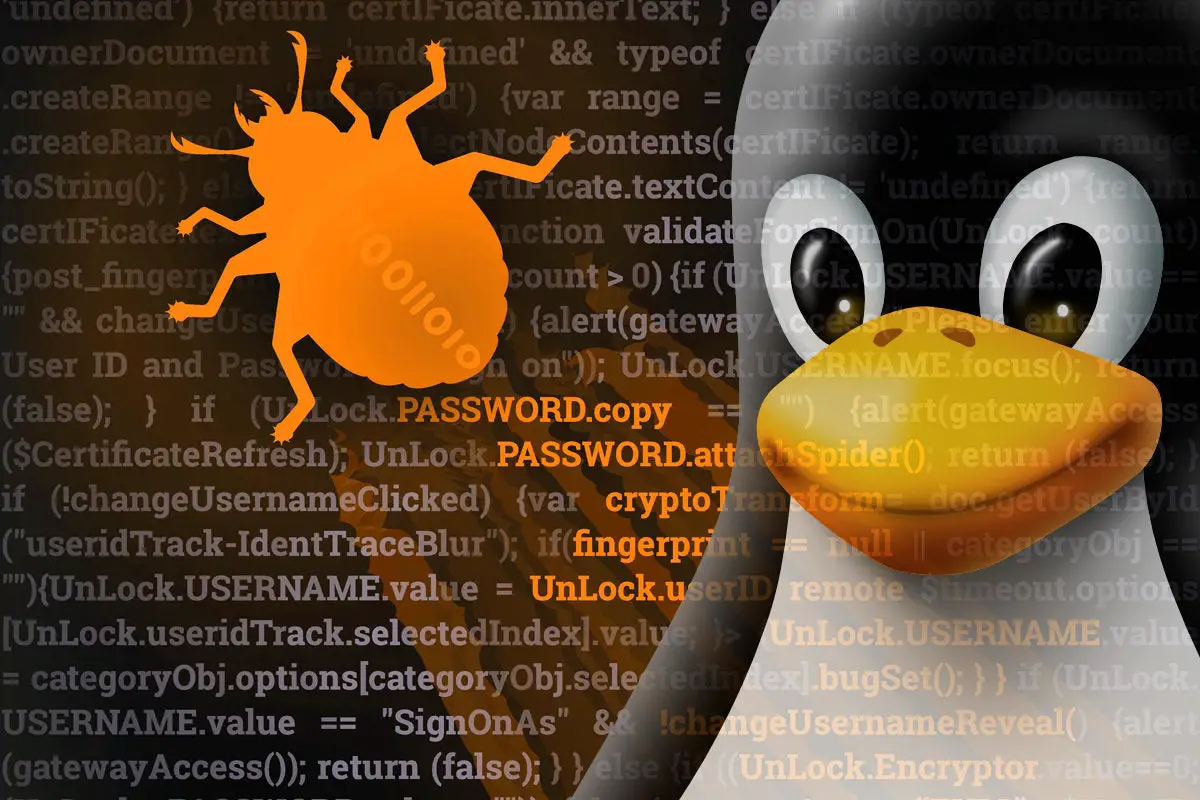Open source software has become ubiquitous, with 96% of analyzed software code bases incorporating open source components. While this widespread adoption has numerous advantages, it has also exposed vulnerabilities in software supply chains, exemplified by incidents like SolarWinds and Log4j. To address these security challenges, it is essential to focus on improving security at the distribution level rather than individual projects. Hackers are increasingly targeting the gaps between software artifacts, including their transitive dependencies and build systems. These vulnerabilities, residing in the supply chain, can be exploited by malicious actors. As a result, enterprises need to shift their attention from solely securing individual open source projects to safeguarding the entire supply chain. Current article Linux distros need to strengthen Open Source Security deals with some of the key aspects to watch out for with this.
The fast-paced growth of open source technology has outstripped the capabilities of Linux distributions and other package managers to keep up. The influx of new open source packages challenges traditional distribution mechanisms, leading developers to source packages from outside the distributions, which can compromise trust and security guarantees.
One solution is to design distributions that prioritize minimalism and modularity. By only including essential components for specific tasks, these distributions reduce the attack surface and strengthen supply chains. The idea is to ensure that open source components used are well-vetted and secure.
In recent years, there has been progress in enhancing the security of open source projects through various initiatives. These projects aim to improve developer workflows and tools, focusing on establishing the provenance of open source components. They provide trust signals by verifying the source of open source software and whether it has been tampered with.
For instance, the open source distribution “Wolfi,” maintained by Chainguard, offers a minimalistic approach by stripping down the distribution to essential components and adopting a rolling-release cadence. With fewer packages, developers can gain a more comprehensive understanding of vulnerabilities, receive better severity-level data, and benefit from support for newer versions of open source software packages. Wolfi has garnered support from key container security players and offers a streamlined solution to open source security.
In short, as the responsibility for open source security shifts toward distributions with the potential to prioritize speed, enterprises must become more discerning in their open source choices and agile in addressing vulnerabilities. The focus is on delivering the security needed for open source software in modern, dynamic environments.
Linux distributions need to embrace more responsibility for security to strengthen the overall security posture of open source software. While open source has become the backbone of modern software development, it also poses unique security challenges, especially in terms of distribution and supply chain security. Here’s how Linux distributions can play a pivotal role in addressing these challenges and enhancing security:
- Accelerate Updates: Linux distributions are well-established authorities and have historically been trusted sources of open source software. However, the sheer volume of new open source packages being introduced has outpaced the ability of distributions to keep up. Distributions must work on accelerating the pace of updates to match the rapid adoption and evolving security needs of open source software.
- Curate Minimalist Distributions: To improve overall open source security, distributions can adopt a minimalist and modular approach. By including only essential components needed for specific tasks, distributions can reduce the attack surface. This approach helps create stronger and more secure supply chains by ensuring that only well-vetted components are included.
- Implement Provenance Tools: Distributions should integrate and promote provenance tools across developer workflows. These tools help establish where open source components originate, whether they have been tampered with, and provide more reliable trust signals. By incorporating such tools, distributions can make the provenance of open source components more native within developer workflows.
- Enhance Security Scanners: Modern security scanners rely on metadata to detect vulnerabilities in open source software. However, open source software installed outside of distribution or package databases lacks this metadata. Distributions can work on improving security scanners to ensure they can detect vulnerabilities in open source software regardless of where it is installed.
- Encourage Responsible Open Source Usage: Distributions can guide and encourage developers to make responsible choices when selecting open source components. This involves being selective about the open source they use, preferring well-established packages, and actively monitoring and patching known vulnerabilities.
- Collaborate with the Community: Building a strong security ecosystem within the open source community is vital. Distributions can collaborate with developers, maintainers, and other stakeholders to create a shared responsibility for security. This includes reporting and addressing vulnerabilities, sharing best practices, and collectively working on security-related initiatives.
Ensuring robust security in a Linux environment involves several key components that collectively safeguard the system from potential threats. First and foremost, a secure password policy is crucial, emphasizing the use of complex, unique passwords and regular updates. Implementing proper user management, including assigning appropriate permissions and monitoring user activities, is vital for controlling access. The firewall, a fundamental component, helps filter network traffic and protects against unauthorized access. Regular system updates and patch management are essential to address vulnerabilities and enhance overall security. Employing encryption mechanisms, such as HTTPS for web communication and encrypted file systems, adds an extra layer of protection to sensitive data. Monitoring and logging tools enable the detection of unusual activities, aiding in timely response to security incidents.
Additionally, configuring and optimizing the Linux kernel for security, along with utilizing intrusion detection and prevention systems, contribute to a robust defense against cyber threats. In essence, a comprehensive approach that combines these components forms the foundation for a secure Linux environment. The packages like nessus kali or antivirus for linux could help further to strenghten linux security. Similarly linux hardening could help a step further with this.
In a nutshell, Linux distributions (like selinux etc) need to play a more active role in enhancing open source security. By accelerating updates, adopting minimalist approaches, promoting provenance tools, improving security scanners, and fostering responsible open source usage, distributions can contribute to a more secure open source ecosystem. Ultimately, taking these steps will help safeguard against vulnerabilities in software supply chains and make open source software even more reliable and secure.
If you like the articles please share and comment on these. Read more here





